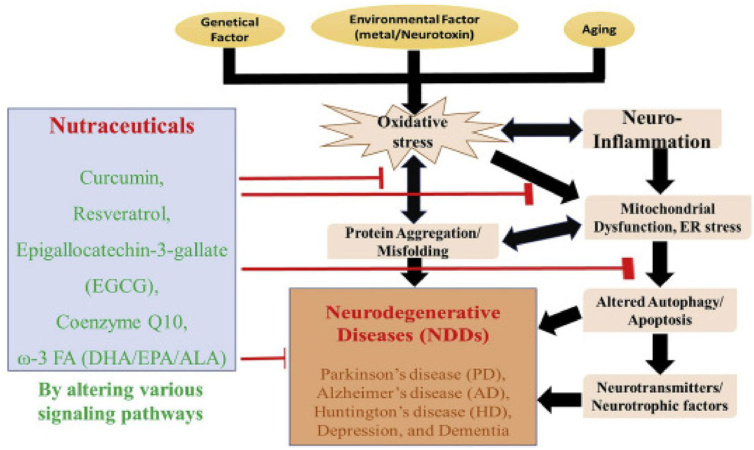Differential Network Vulnerability
Not all brain networks are equally susceptible. For example:
- Alzheimer’s: Tau proteins target the default mode network (linked to memory), correlating with early cognitive decline .
- Parkinson’s: α-Synuclein spreads through motor and noradrenergic networks, explaining both movement issues and non-motor symptoms like sleep disturbances .
Connection-Type Susceptibility
- Clustered Connections: Densely linked nodes (e.g., hubs in the frontal cortex) are vulnerable to proteins like tau, which propagate through strong synaptic ties .
- Distributed Connections: Diffuse pathways (e.g., long-range white matter tracts) may be attacked by proteins causing prion-like spread .
Molecular Triggers of Network Collapse
- Toxic Gain-of-Function: Misfolded proteins like mutant huntingtin disrupt cellular machinery, causing inflammation and synaptic failure .

- Loss-of-Function: Reduced clearance of proteins (e.g., lysosomal dysfunction in Parkinson’s) allows aggregates to accumulate, strangling networks .
Table 2: Key Proteins and Their Network Targets
| Protein | Associated Disease | Vulnerable Network | Impact |
|---|---|---|---|
| Tau | Alzheimer’s | Default mode network | Memory loss |
| α-Synuclein | Parkinson’s | Nigrostriatal pathway | Motor deficits |
| TDP-43 | ALS/FTD | Fronto-striatal circuits | Behavioral changes |
Recent Discoveries: From Mice to Medicines
Tau’s Axonal Highways
A 2024 study revealed that tau proteins hijack axonal transport systems, moving like “molecular freight trains” to invade new regions. Blocking transport proteins in mice slowed tau spread, hinting at novel therapies .
Lysosomes: The Brain’s Garbage Disposal
New research highlights lysosomal dysfunction as a nexopathy driver. Activating TFEB—a master regulator of lysosomal genes—reduced α-synuclein buildup in Parkinson’s models, restoring network health .
AI-Powered Drug Discovery
Compounds like Pterulone (from mushrooms) show promise in targeting multiple nexopathy pathways, including protein aggregation and neuroinflammation . Machine learning models now predict drug efficacy by simulating network-protein interactions .

Table 3: Emerging Therapies Targeting Nexopathies
| Therapy Type | Example | Target Pathway |
|---|---|---|
| TFEB activators | Trehalose | Lysosomal clearance |
| Anti-aggregation | Pterulone | α-Synuclein/Tau |
| Transport blockers | Colchicine analogs | Axonal trafficking |
Conclusion: Rewiring Hope
The molecular nexopathy framework bridges the gap between microscopic protein misfolding and macroscopic brain collapse. By decoding how proteins exploit neural networks, researchers are developing precision therapies—from enhancing lysosomal function to disrupting toxic protein spread. As Warren et al. envisioned in 2013, this paradigm not only explains disease progression but lights the path to stopping it .
